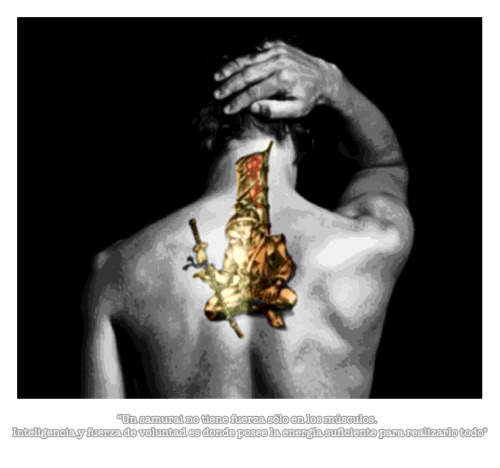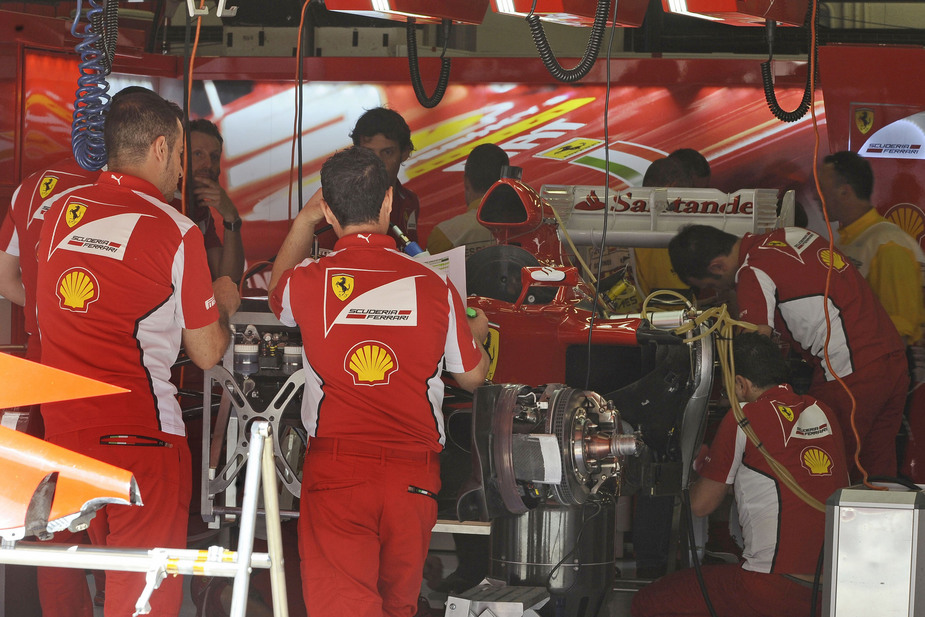1) Fuel
2) Fuel vent
3) Nitrogen for pneumatic valve system
4) Water?
5) Hydraulic fluid??
Brian



Some common gas color codes.
Specifically named gases
Acetylene cylinders are maroon.
Argon cylinders have a dark green shoulder.
Carbon dioxide cylinders have a grey shoulder.
Chlorine cylinders have a yellow shoulder.
Helium cylinders have a brown shoulder.
Hydrogen cylinders have a red shoulder.
Nitrous oxide cylinders have a blue shoulder.
Nitrogen cylinders have a black shoulder. (Previously grey, in the United Kingdom).
Oxygen cylinders have a white shoulder. (Previously black, in the United Kingdom).
[edit] Based on gas properties
Toxic or corrosive gas cylinders have a yellow shoulder (e.g., ammonia, chlorine, fluorine, arsine, carbon monoxide, and sulfur dioxide)
Flammable gas cylinders have a red shoulder (e.g., hydrogen, methane, ethylene, and forming gas)
Oxidising gas cylinders have a light blue shoulder (e.g., nitrous oxide, and oxygen-containing blends)
Inert (non toxic, non flammable, non oxidising) gas cylinders have a bright green shoulder (e.g., neon, krypton, and xenon)
Toxic and flammable or toxic and corrosive gas cylinders have yellow and red shoulders (either two bands or quartered).
Toxic and oxidising or corrosive and oxidising gas cylinders have yellow and light blue shoulders (either two bands or quartered).

Why?? I'd be surprised if the nitrogen pressure valve wasn't under the same panel as the remainder of the replenishable's so it is a) easy to locate (why make another hole in the chassis and/or bodywork when one will do and is already required) and b) easier for packaging (as previous).simieski wrote:I would be very suprised if any of these is a pneumatic connection.
I can only speculate, perhaps a flow requirement for mid race refills where speed is the primary driver.marcush. wrote:for what reason would you have such a big coupling for nitrogen ??? they all are so weight conscious only to have a oversize coupler ?
To answer your question of why, please read what I said following the statement which you quoted. If you look at the panel design, it is not quick release. It is retained by a non captive screw into an anchor nut. Keep in mind gas is the only thing that may be replenished during a race. One would expect a panel which is designed to be open as quickly as possible in a race would have something a little more efficient. The other connections serve no purpose during a race so there is no need for quick access to them, however for nitrogen this remains a possibility. With reference to flow rates etc, please consider the nitrogen reservoir is relatively small, approximately half a litre, it would not require anything more than a tyre valve and push on fitting to inflate it very quickly. With the self sealing coupling you normally have a collar to pull back, push the fitting on, release the collar then pressurise the line. With a push on the line is already pressurised, no collars to mess about with.aussiegman wrote:Why?? I'd be surprised if the nitrogen pressure valve wasn't under the same panel as the remainder of the replenishable's so it is a) easy to locate (why make another hole in the chassis and/or bodywork when one will do and is already required) and b) easier for packaging (as previous).simieski wrote:I would be very suprised if any of these is a pneumatic connection.
Funnily enough, I actually did read it the first time. And the second. Perhaps you should take your own advice.simieski wrote:To answer your question of why, please read what I said following the statement which you quoted.
Yes, I saw that the first and second time, thank you for pointing it out a third. So these are not quick release fittings, what's your point??simieski wrote: If you look at the panel design, it is not quick release. It is retained by a non captive screw into an anchor nut.
Yes, nitrogen or possibly another gas is the only replenishable.simieski wrote: Keep in mind gas is the only thing that may be replenished during a race.
So is this the royal "one", kind of like the royal "we"??? Or do you usually refer to yourself in such a manner?? This should read "I" as in you, simieski expect...You cannot possibly assume to speak for others in such a manner. So "YOU" expect based on your own observations, experience and suppositions, nothing more.simieski wrote: One would expect a panel which is designed to be open as quickly as possible in a race would have something a little more efficient.
Yes, but they are still important pre-race where time is absolutely an element, especially when on the grid or in the garage during qualifying. Additionally, post race is an issue where time efficiency is also an element to ensurer engines are properly serviced to maintain appropriate cooling down periods in a timely manner of transport.simieski wrote: The other connections serve no purpose during a race so there is no need for quick access to them, however for nitrogen this remains a possibility.
Yes, again this is well understood however you are not looking at the holistic package!!!simieski wrote:With reference to flow rates etc, please consider the nitrogen reservoir is relatively small, approximately half a litre, it would not require anything more than a tyre valve and push on fitting to inflate it very quickly.
OK, thanks for the "Quick Release for Dummies" recap. Please read above and try to understand that perhaps the primary driver was not quick release/connection after analysis was done but to fulfill both a primary and secondary objectives and reduce overall risk profile of the system.simieski wrote:With the self sealing coupling you normally have a collar to pull back, push the fitting on, release the collar then pressurise the line. With a push on the line is already pressurised, no collars to mess about with.





6.6.3 wrote:All cars must be fitted with a –2 'Symetrics' male fitting in order to facilitate fuel sampling. If an electric pump on board the car cannot be used to remove the fuel an externally connected one may be used provided it is evident that a representative fuel sample is being taken. If an external pump is used it must be possible to connect the FIA sampling hose to it and any hose between the car and pump must be -3 in diameter and not exceed 2m in length. Details of the fuel sampling hose may be found in the Appendix to these regulations.